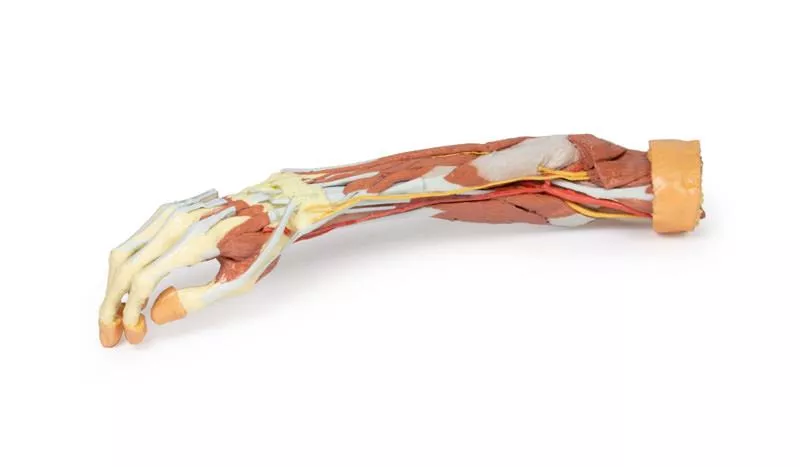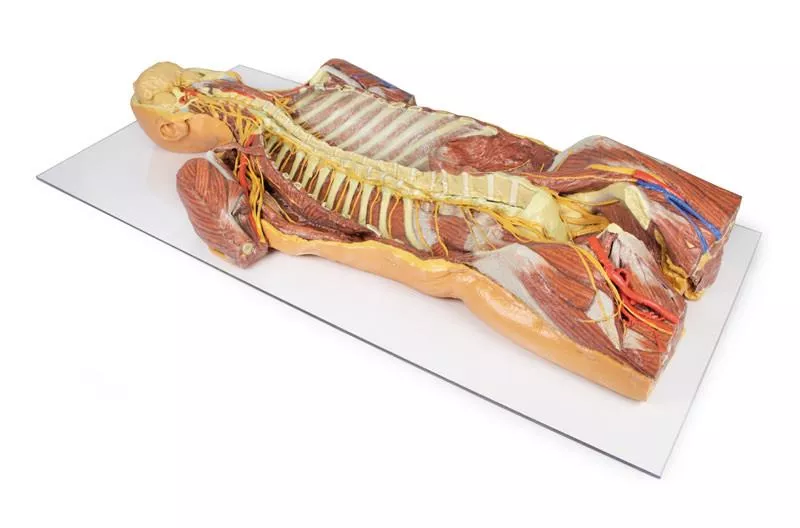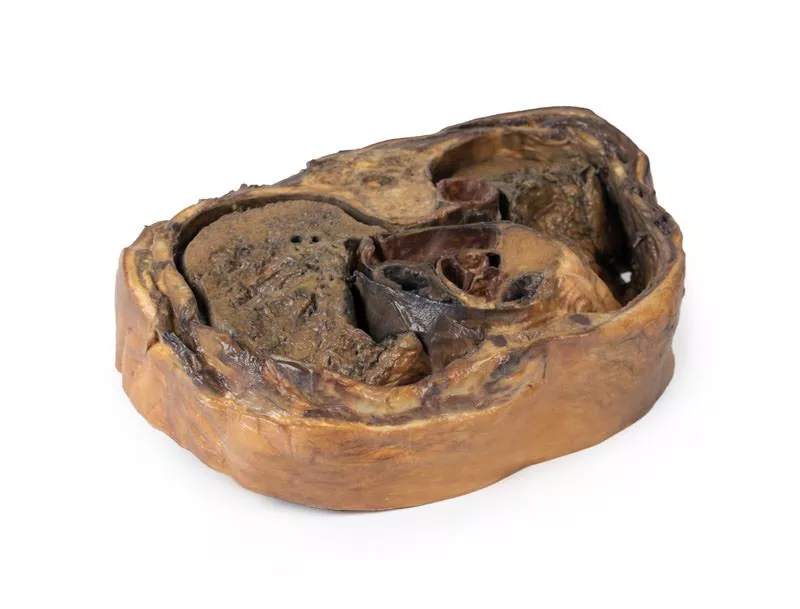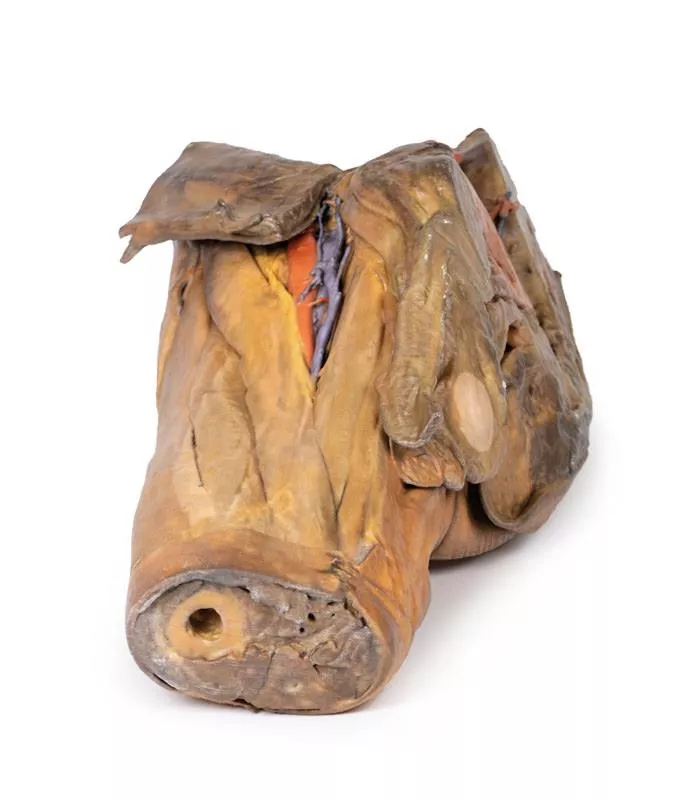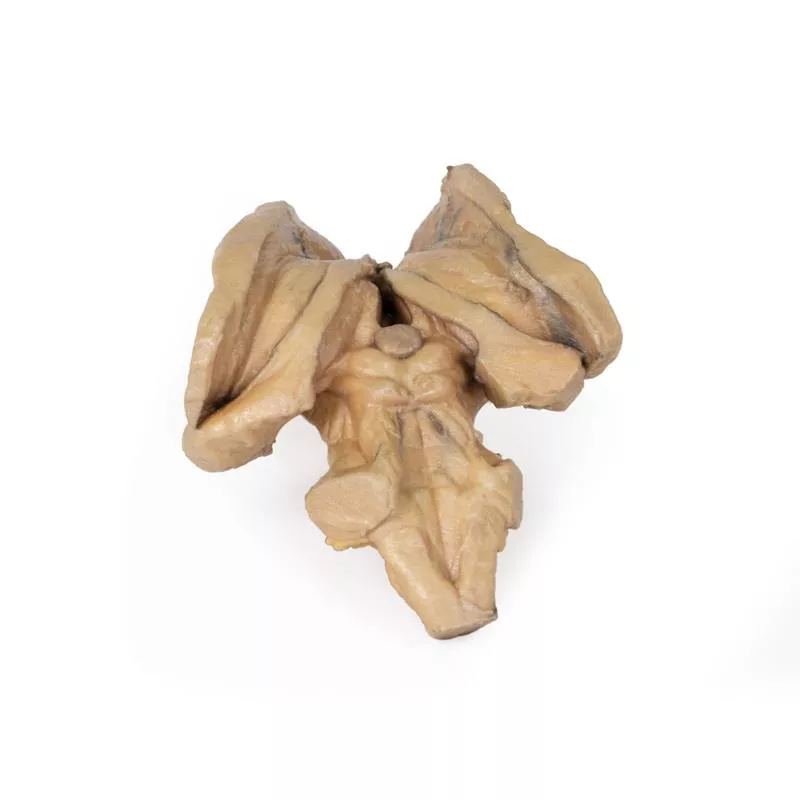Product information "Parotid Gland and Facial Nerve dissection"
This 3D model presents a detailed superficial dissection of the lateral face, focusing on the parotid gland and its anatomical relationship to key neurovascular structures and surface landmarks. It serves as a valuable reference for clinicians involved in Mohs surgery, skin cancer treatment, and plastic or reconstructive facial procedures.
Key Features:
Dissection Window
The exposed region extends from just anterior to the external ear, bounded superiorly by the zygomatic arch and inferiorly by the angle of the mandible, covering the area between the masseter and the sternocleidomastoid muscle.
Parotid Gland & Facial Nerve
- The parotid gland is fully exposed, with superior portions removed to reveal:
- The parotid duct is visible as it traverses the dissection field toward its termination in the buccinator muscle
Associated Nerves
A branch of the great auricular nerve is preserved along the inferior and posterior margins of the gland, running anterior to the sternocleidomastoid
Key Features:
Dissection Window
The exposed region extends from just anterior to the external ear, bounded superiorly by the zygomatic arch and inferiorly by the angle of the mandible, covering the area between the masseter and the sternocleidomastoid muscle.
Parotid Gland & Facial Nerve
- The parotid gland is fully exposed, with superior portions removed to reveal:
- The superficial temporal artery
- The facial nerve, dividing into its temporal, zygomatic, and buccal branches
- The facial nerve, dividing into its temporal, zygomatic, and buccal branches
- The parotid duct is visible as it traverses the dissection field toward its termination in the buccinator muscle
Associated Nerves
A branch of the great auricular nerve is preserved along the inferior and posterior margins of the gland, running anterior to the sternocleidomastoid
Erler-Zimmer
Erler-Zimmer GmbH & Co.KG
Hauptstrasse 27
77886 Lauf
Germany
info@erler-zimmer.de
Achtung! Medizinisches Ausbildungsmaterial, kein Spielzeug. Nicht geeignet für Personen unter 14 Jahren.
Attention! Medical training material, not a toy. Not suitable for persons under 14 years of age.

























